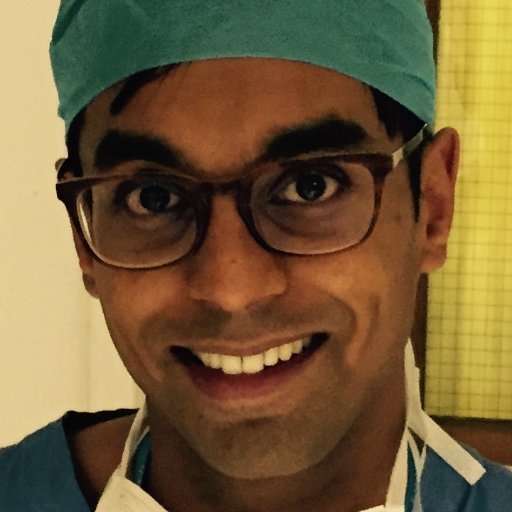
Andrew Carroll
@acarroll_ATG
Followers
4K
Following
3K
Media
108
Statuses
1K
Product lead, Genomics @GoogleHealth.
Mountain View, CA
Joined April 2015
RT @HumanPangenome: 📢 HPRC Release 2 is here! . Now with phased genomes from 200+ individuals, a 5x increase from Release 1. Explore sequ….
0
20
0
Release led by @kishwarshafin contribs by.@daniel_e_cook, @AlexeyKolesni18, Lucas Brambrink, .@pichuan engineering manager. Thanks to student researchers @FaricaZhuang, @MobinAsri . DeepSomatic Release Page (.
1
0
3
Nice to see the impact of this important work. This benchmark set (v4.2.1) drove a huge amount of improvement sequencing. All seq instruments use it to quantify performance. Best credit is to @GenomeInABottle, who drove the field forward both in this work and over a decade.
Benchmarking challenging small variants with linked and long reads by @acarroll_ATG et al. (62 citations).Top-cited genomics research published in @CellGenomics
0
5
20
Please also see Twitter summaries by main authors including @vivnat @alan_karthi . Again, Trusted Tester access form:. I hope this can become widely available and easy to use for the scientific community.
Delighted to share our "AI co-scientist" - a multi-agent system built with Gemini-2.0 designed to be a helpful collaborator for researchers and accelerate scientific breakthroughs (especially in biomedicine!) . New ideas that represent leaps forward in science combine human
0
0
4
I've been impressed as a user of this system, and I am eager for other scientists to get their hands on it and see feedback on the system and how to improve it. There's a form to apply for Trusted Tester access here - A few notes from the paper.
We are starting to see what "AI will accelerate science" actually looks like. This Google paper describes novel discoveries being made by AI working with human co-scientists (something I think we have all been waiting to see), along with an early version of an AI scientist.
3
10
55
RT @vivnat: Accelerating scientific discoveries and helping cure diseases might be the most profound purpose of AI. Thrilled to introduce….
0
35
0
Release led by DeepVariant tech lead @kishwarshafin. Team Engineering manager @pichuan. Small model work led by Lucas Brambrink. Pangenome-aware led by Mobin Asri and Juan Carlos Mier. Fast pipeline by @AlexeyKolesni18. Mas-Seq model by @daniel_e_cook and Shiyi Yin from Verily.
0
0
4
Huge thanks to. Yuchen Zhou and Atilla Kiraly who drove these investigations and did all of the work. @_beenkim, an explainability expert, and DeepVariant eng manager @pichuan who directed the team. @marianattestad who started the explainability work with @_beenkim.
0
1
4
We realized they could be mosaic variant positions. Fortunately, NIST @GenomeInABottle released a set of annotated mosaics in the cell lines we were looking at. Plotting those examples revealed they overlap the cluster we inspected.
1
2
2













